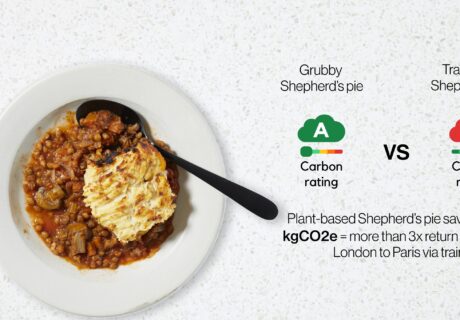Beauty has always been resilient to economic downturns. In the 1930s, during the Great Depression, cosmetics managed to hold stable even as 25% of America was unemployed. Despite how some might view the beauty industry as a luxury for many it is considered a necessity, as the way we look is intrinsically linked to our mental wellbeing.
In the last few months, just like food, clothing and energy, prices of beauty products have been hiked up as myriad issues hit the industry, from supply chain consistency to factory closures, shipping delays and raw material shortages. Significant increases in the cost of raw materials, and long delays in product development and manufacturing lead times due to climate and political issues, are forcing brands to rethink their ingredients, operations, processes and pricing. Some have had to go as far as reformulating products as economists predict that the current climate will persist until 2025.
But these restrictions have also presented opportunities for beauty brands looking to become more sustainable. The beauty industry’s negative impact on the environment is no secret – however there’s an increased sense of responsibility towards the environment, and biotech advancements present the industry with opportunity to reinvent itself and weather supply chain challenges. This is what led to the current explosion of various beauty micro-trends, including blue beauty, waterless beauty, refillable beauty and biodegradable beauty, all falling under the banner of sustainable biotech beauty.
What is biotechnology? Simply put, it is lab-based compounds that either blend natural materials with synthetic chemicals or develop synthetic replacements to use instead of seeking these natural elements. It is the perfect blend of technology and nature, helping address supply chain consistency, scarcity issues, biodiversity and social impacts. Biotech beauty employs microorganisms (bacteria, yeast, algae, waste) to generate high-tech skincare actives sustainably, for effective results. These bacteria serve as ‘micro-factories,’ allowing cells to proliferate and reproduce by fermenting them. The components that come out of this process are a mix of microorganisms (bio) and microbe-engineered DNA (tech).
Another factor in its popularity is consumer awareness. When the term ‘natural’ was placed on a product in the not-too-distant past, it was enough to affect a purchasing decision. But a new generation of ecologically conscious beauty customers is looking for more radical transparency. While natural plant-based active substances are often promoted as safer and more eco-friendly, they aren’t necessarily as ‘green’ as they promise.
Many plant-based and cruelty-free products take a substantial amount of valuable cropland, water and energy to manufacture, meaning consumers might be leaving a larger carbon footprint than they are led to believe. This is because the very process of producing plant-based products necessarily involves more land, water, sun, energy and labour. After all, it’s a process revolving around depleting the earth’s resources.
Biotech enables supply chain transparency in the beauty industry
It’s also important to consider which portion of the plant was taken. The crop doesn’t have to be sacrificed if you’re using leaves, flowers or fruits. If you use seeds, bark or resins, the plant’s life cycle comes to an end.
Biotech enables supply chain transparency in the beauty industry, where terms like ‘natural’, ‘organic’ and ‘vegan’ don’t have legally enforceable definitions, and transparency and traceability are issues. However, while transparency between the customer and the company is incredibly important, supply chain transparency is also key to sustainability. Eco-cautious consumers are putting extra effort into ensuring that supplements are gathered responsibly and are looking for certifications like The Connected Butterfly Mark, powered by Positive Luxury, which transparently state a business’s ESG achievements.
Biotech beauty also circumvents many issues with traditional manufacturing processes and leads to better quality control, making it possible to avoid impurities. The potency of the ingredients is consistent and standardized in every batch. When components come from farms, mines or fisheries it becomes considerably more difficult for companies to control their supply chains and account for quality control at each step.
An example of biotech beauty making a difference is squalene. This organic substance is derived mostly from shark liver oil and is a common active component in cosmetics. More brands are turning to its 100% plant-based, shelf-stable alternative, developed through biotech; this is not only a more ethical alternative to shark-derived squalene, but chemically superior, yielding better outcomes.
In the face of our changing environment, biotechnology offers the beauty industry a clear route to reducing its impact. While ‘natural’ products can offer the short-term gain of appearing environmentally friendly to poorly informed consumers, it is biotech that is the truly innovative approach to building a sustainable brand. It will require R&D investment, collaboration and an innovative mindset, but ultimately leave a lighter footprint on our planet.





